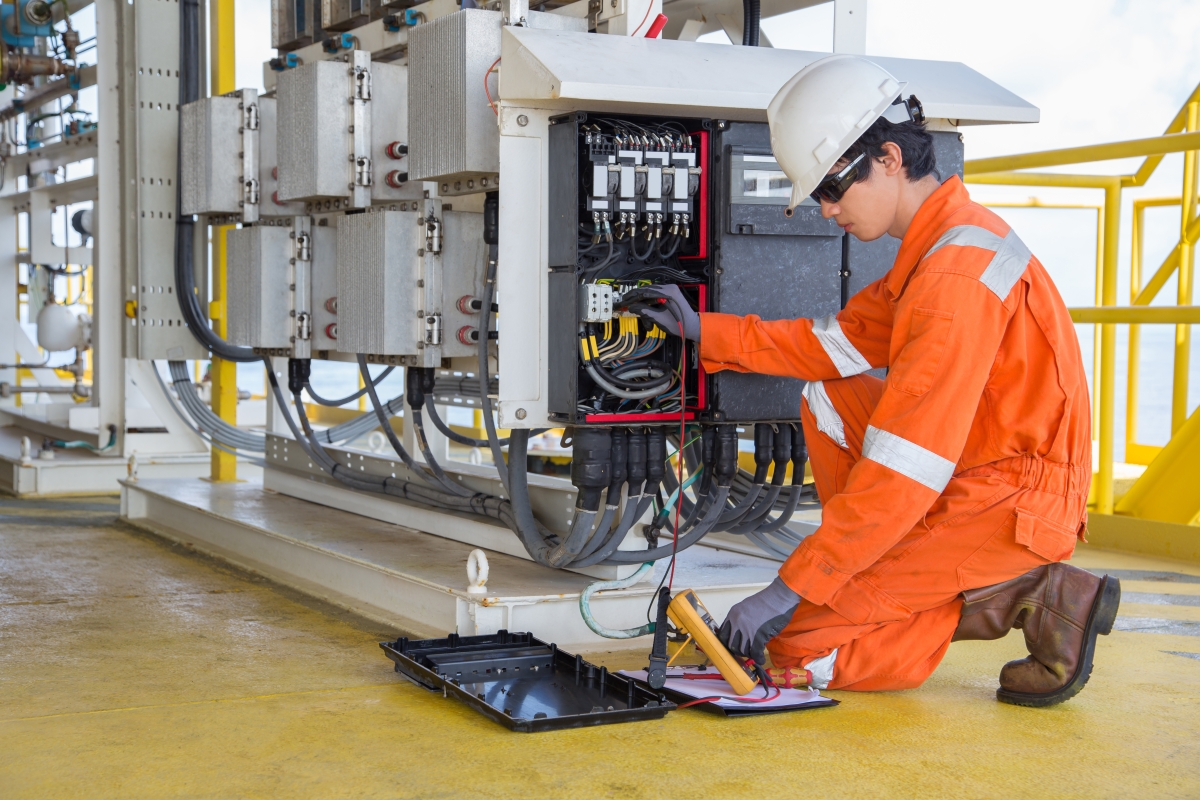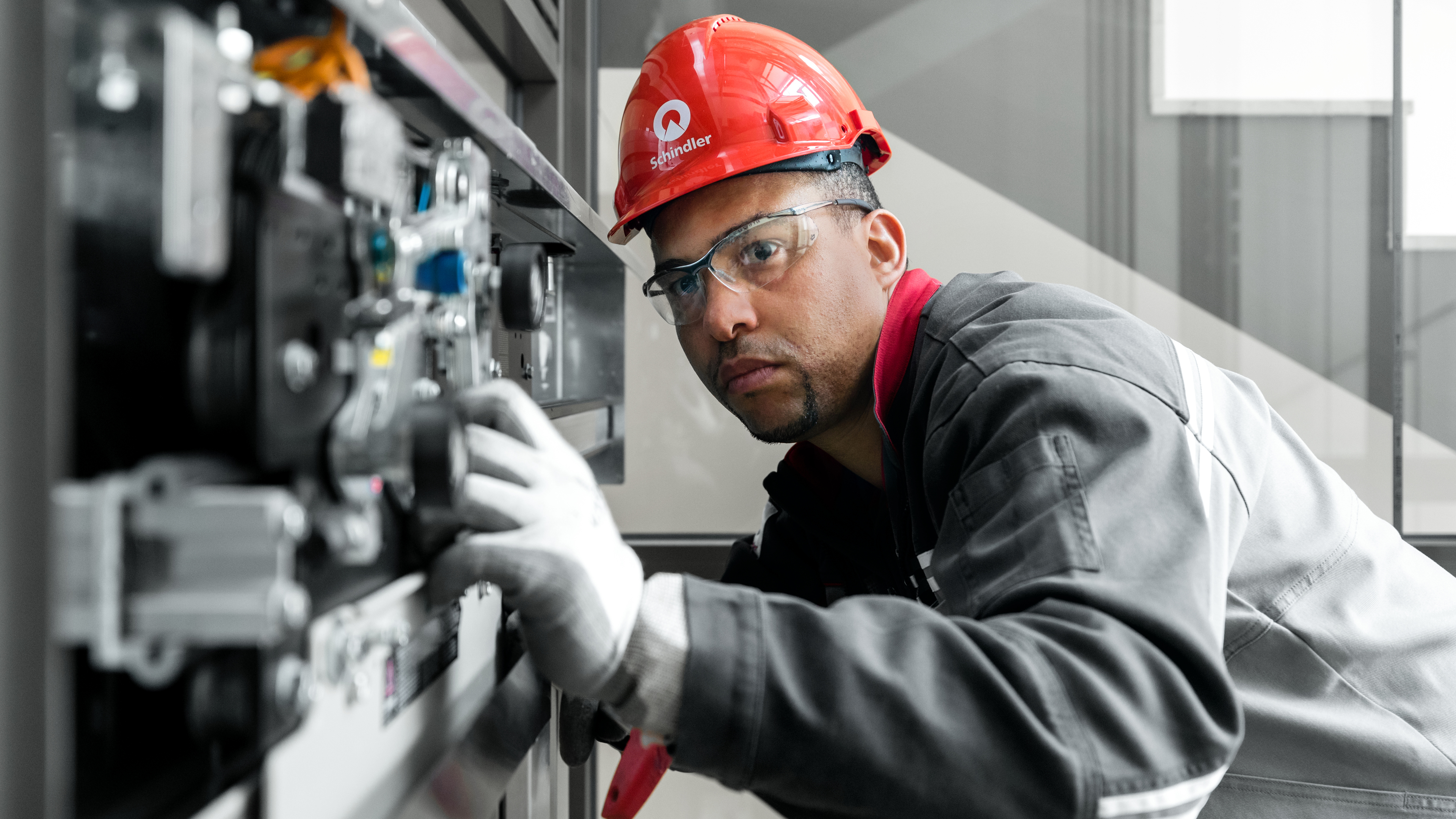Cost Effective Lift and Engineering Services for All Kinds Of Lifts
Cost Effective Lift and Engineering Services for All Kinds Of Lifts
Blog Article
Looking Into the Essential Elements of Elevator Maintenance Practices
From routine assessments to applying preventative maintenance steps, every element of maintenance adds to the general efficiency and long life of lift systems. By checking out these nuances, a deeper understanding of lift maintenance practices can be gotten, dropping light on the complexities that make a significant difference in lift efficiency and safety.
Value of Routine Evaluations
Normal assessments are an essential facet of elevator upkeep, making certain the safety and security and effectiveness of the system. These routine checks are crucial in recognizing prospective concerns prior to they escalate right into major problems, hence preventing expensive repair work and downtimes. During assessments, trained professionals carefully examine numerous elements such as cords, pulleys, electric motors, and safety and security features to guarantee they are operating appropriately. By adhering to a normal examination timetable, building proprietors and center supervisors can ensure that their lifts fulfill all security laws and requirements. Proactive maintenance via routine inspections can expand the lifespan of the elevator equipment, ultimately saving on replacement costs in the long run. Additionally, these inspections play a vital function in boosting the general guest experience by minimizing the incident of unforeseen break downs or interruptions in solution. To conclude, normal examinations are not just an upkeep task but an aggressive action to promote elevator security, integrity, and longevity.

Preventive Upkeep Measures
Structure on the structure of normal assessments for lift upkeep, preventive upkeep steps act as positive techniques to better improve the integrity and durability of lift systems. These steps entail arranged jobs intended at preventing possible problems before they escalate into pricey issues or create downtime. Trick elements of preventive maintenance for lifts consist of lubricating moving components, adjusting door systems, screening safety and security functions, and inspecting electrical systems. By sticking to a structured preventive upkeep timetable, structure owners and center supervisors can minimize the risk of unforeseen break downs, decrease repair work prices, and ensure traveler safety.
Regularly changing worn-out parts, such as wires, wheels, and control systems, is additionally necessary in preventive maintenance to mitigate the threat of breakdowns. lift maintenance contract. Additionally, conducting extensive performance evaluations and maintaining in-depth maintenance records can help recognize patterns of wear and prospective areas for enhancement. Executing these preventive upkeep actions not just boosts the general performance of elevator systems but also adds to a safer and much more trusted upright transportation experience for constructing residents
Function of Educated Professionals

Moreover, qualified technicians are furnished to manage emergency situation scenarios without delay and successfully - lift and engineering services. In the occasion of a malfunction or entrapment, their expertise allows them to repair troubles efficiently, minimizing downtime and recovering elevator capability swiftly. Furthermore, these experts stay updated on market requirements and technical innovations, permitting them to carry out the most recent upkeep methods and ensure compliance with safety and security laws
Enhancing Efficiency Through Upkeep
Educated specialists' knowledge in lift maintenance my link not just makes certain security and ideal efficiency however additionally offers as a cornerstone home for improving total system performance with thorough upkeep practices. With routine examinations, lubrication of relocating components, and adjustments to ensure placement, service technicians can tweak the elevator system for peak effectiveness.
Additionally, aggressive maintenance measures can extend the lifespan of lift components, minimizing the need for premature replacements. On the whole, focusing on maintenance not only increases lift performance however also boosts safety and security, dependability, and general contentment for building occupants.

Long Life of Elevator Systems
Sustaining the longevity of lift systems requires a strategic mix of aggressive upkeep methods and adherence to market standards. Elevators are complicated systems that undergo substantial damage because of continual usage. To guarantee their durability, normal evaluations, lubrication of moving components, and prompt replacements of damaged parts are important. Applying a preventive maintenance schedule can help determine potential problems before they intensify, therefore prolonging the lifespan of the elevator system.
Moreover, compliance with market laws and criteria is critical for the safe and effective procedure of lifts. Complying with guidelines established by organizations such as the American Society of Mechanical Engineers (ASME) makes certain that maintenance tasks are done appropriately which safety procedures are promoted. Failing to abide by these requirements not only endangers the longevity of the lift system yet additionally postures considerable dangers to the occupants.
Conclusion
Finally, the essential elements of lift maintenance techniques include normal assessments, precautionary maintenance procedures, the role of experienced service technicians, improving efficiency through maintenance, and making certain the long life of elevator systems. By adhering to these methods, structure owners can guarantee the safety and security, reliability, and performance of their elevator systems, eventually decreasing the threat of pricey repairs and downtime. Preserving lifts in ideal condition is critical for the well-being of occupants and the smooth procedure of structures.
By checking out these nuances, a deeper understanding of lift maintenance practices can be obtained, shedding light on the details that make a substantial distinction in elevator performance and security.
Routine evaluations are an important facet of elevator maintenance, ensuring the safety and security and performance of visite site the system.Structure on the foundation of normal examinations for lift maintenance, precautionary upkeep steps offer as proactive strategies to even more enhance the dependability and longevity of elevator systems.Educated professionals' competence in elevator upkeep not just ensures safety and optimal performance yet additionally serves as a foundation for enhancing overall system performance with precise maintenance methods.In conclusion, the important elements of elevator maintenance techniques consist of routine evaluations, preventative upkeep measures, the role of trained specialists, improving performance through maintenance, and making sure the durability of lift systems.
Report this page